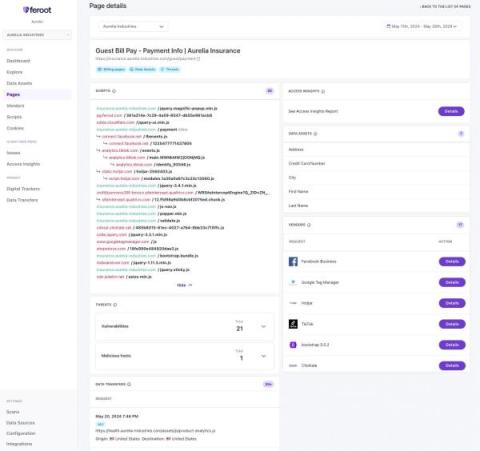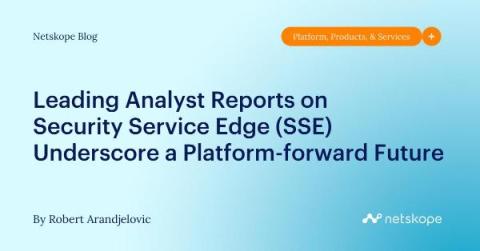Ivanti EPM Cloud Services Appliance - Taking advantage of a backdoor to detect a vulnerability
At Bitsight, part of the Vulnerability Research team's core work involves analyzing vulnerabilities in order to create detection capabilities that can be implemented on an Internet-wide scale.










